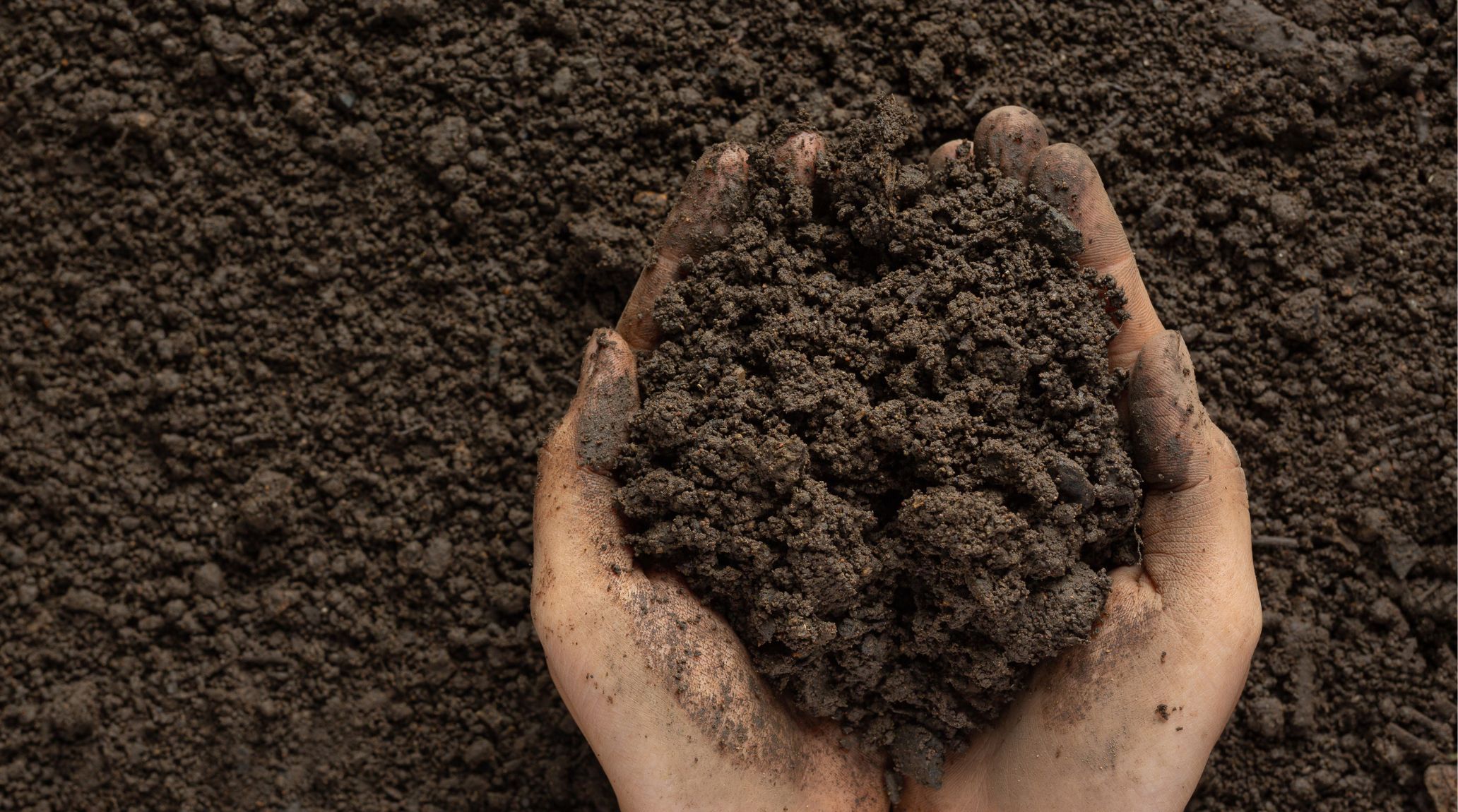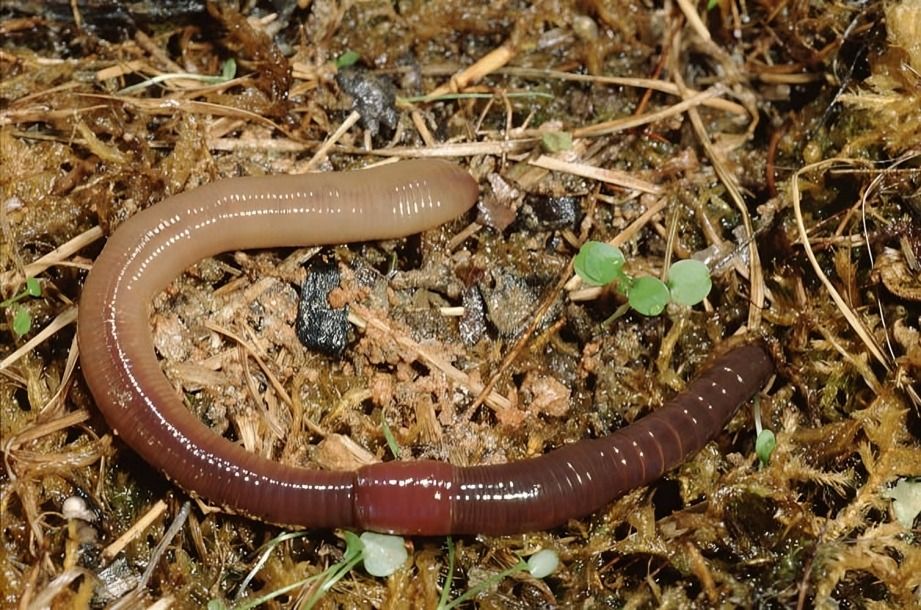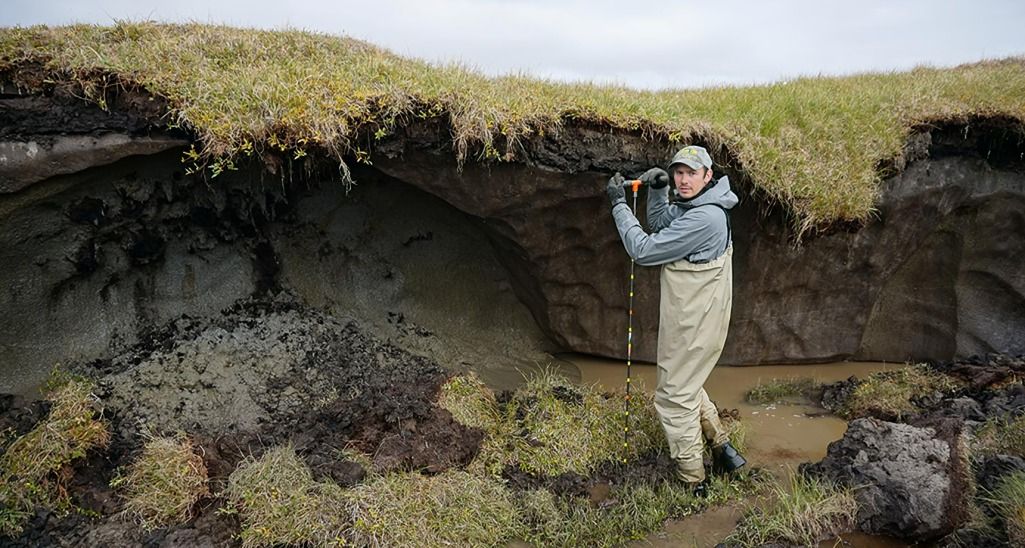
“
Soil is more than just dirt beneath our feet—it's a complex and vital resource that sustains life on Earth. From supporting plant growth to playing a pivotal role in ecosystems, soil is essential for our environment. This blog will explore 20 interesting facts about soil that will deepen your understanding of its importance. Whether it's diverse composition, ability to store carbon, or the countless organisms that call it home, you'll discover just how remarkable soil truly is. 1
1
1
”
A teaspoon of healthy soil contains more microorganisms than people on Earth. These organisms, including bacteria, fungi, and protozoa, break down organic matter, cycle nutrients, and support plant growth, making soil an essential ecosystem. 1
It takes over 500 years to form one inch of topsoil, a non-renewable resource. This slow process highlights the need for soil conservation to maintain agriculture and natural ecosystems, ensuring soil's long-term availability for future generations. 2
Soil has distinct layers, or horizons, with unique physical and chemical traits. From nutrient-rich topsoil to deeper layers, these horizons tell the story of soil formation and historical land use over time. 3
Soil stores more carbon than the world's forests, making it crucial for climate regulation. By sequestering carbon, soil helps reduce greenhouse gases and mitigate climate change, which is essential to the Earth's environmental balance. 4
The United States has over 70,000 types of soil, each supporting diverse ecosystems and agricultural practices. This variety reflects the country's diverse landscapes, from fertile prairies to rugged mountains, each with unique environmental conditions. 5
Soil color reveals its composition: red or yellow soils indicate iron oxides, while dark soils are rich in organic matter. This organic content is crucial for supporting plant growth and enhancing agricultural productivity and soil health. 6
Ancient civilizations, like those in Mesopotamia and the Nile Valley, prospered due to fertile soils in river valleys. These soils supported agriculture, enabling these societies to grow crops, settle, and build complex cultures over centuries. 7
Soil pH affects nutrient availability. Acidic soils can cause nutrient deficiencies, while alkaline soils may lead to toxicities. Managing soil pH is vital for optimizing plant growth and maximizing agricultural productivity in different environments. 8

Earthworms, known as "ecosystem engineers," improve soil fertility by burrowing. Their tunneling aerates the soil, improves water infiltration, and helps decompose organic matter.
Each year, 24 billion tons of soil are lost to erosion, threatening global food security and reducing arable land. This highlights the urgent need for sustainable practices to protect soil and preserve essential ecosystems for future generations. 9
Soil layers store clues about past climates, allowing scientists to study ancient environmental conditions. By analyzing soil, we can better understand historical climate patterns and make informed predictions about future climate changes and shifts. 10
Soil naturally filters water, removing pollutants as it percolates through particles. This process is essential for maintaining clean groundwater and safe drinking water while protecting aquatic ecosystems from contamination and harmful contaminants. 11
Desert soils, covering about 12% of Earth's land, are nutrient-poor but support specialized ecosystems. These soils are critical for sustaining life in arid conditions and essential to the planet's diverse environments. 12
Soil impacts wine flavor, a concept known as "terroir." Different soil types give unique characteristics to grapes, making soil a crucial factor in viticulture and contributing distinct flavors to wine from various regions across the globe. 13

Permafrost soils in polar regions store vast amounts of carbon. As these soils thaw due to climate change, they release greenhouse gases like methane, contributing to global warming and accelerating the impacts of climate change worldwide.
Soil acts as a natural antidepressant. Certain soil bacteria trigger the release of serotonin in the human brain, much like modern antidepressants, explaining why activities like gardening can improve mood and boost mental well-being. 14
Lichens and mosses contribute to soil formation by breaking down rocks. Over time, these pioneer species create the first layers of soil, enabling other plants to grow and establish in new environments, fostering ecosystem development. 15
Soil microorganisms have given us antibiotics like penicillin. These medicines revolutionized healthcare, saving millions of lives, and highlighting the crucial role of soil biodiversity in scientific research and medical breakthroughs. 16
Women are soil heroes, producing up to 80% of food in developing countries. Despite receiving only 7% of aid, empowering women with equal opportunities could increase global food production by as much as 20%.17
In some cultures, soil is used for artistic expression, from natural pigments in painting to crafting pottery. These practices emphasize soil's cultural significance beyond agriculture, showcasing its role in creativity and human cultural heritage.18


